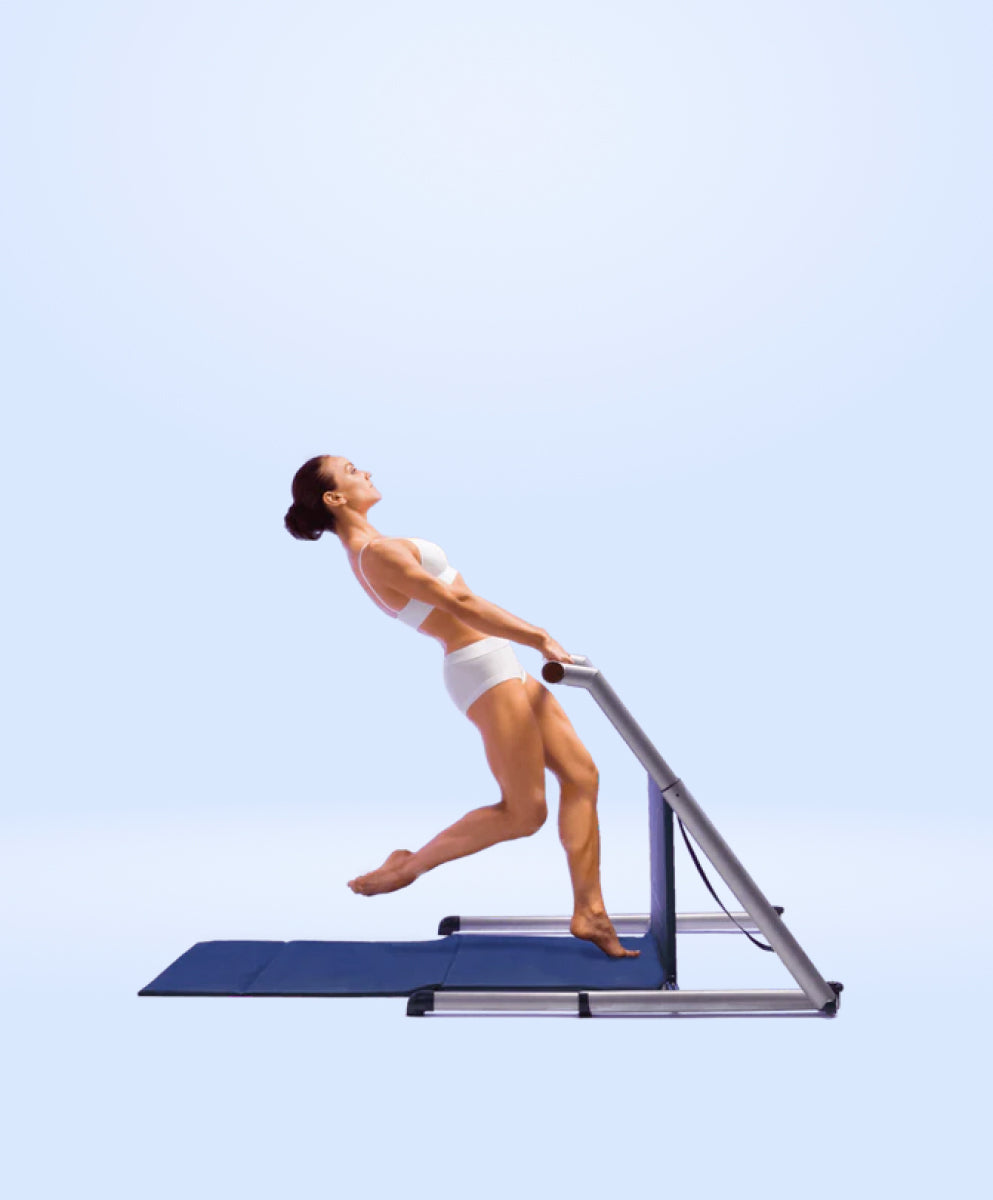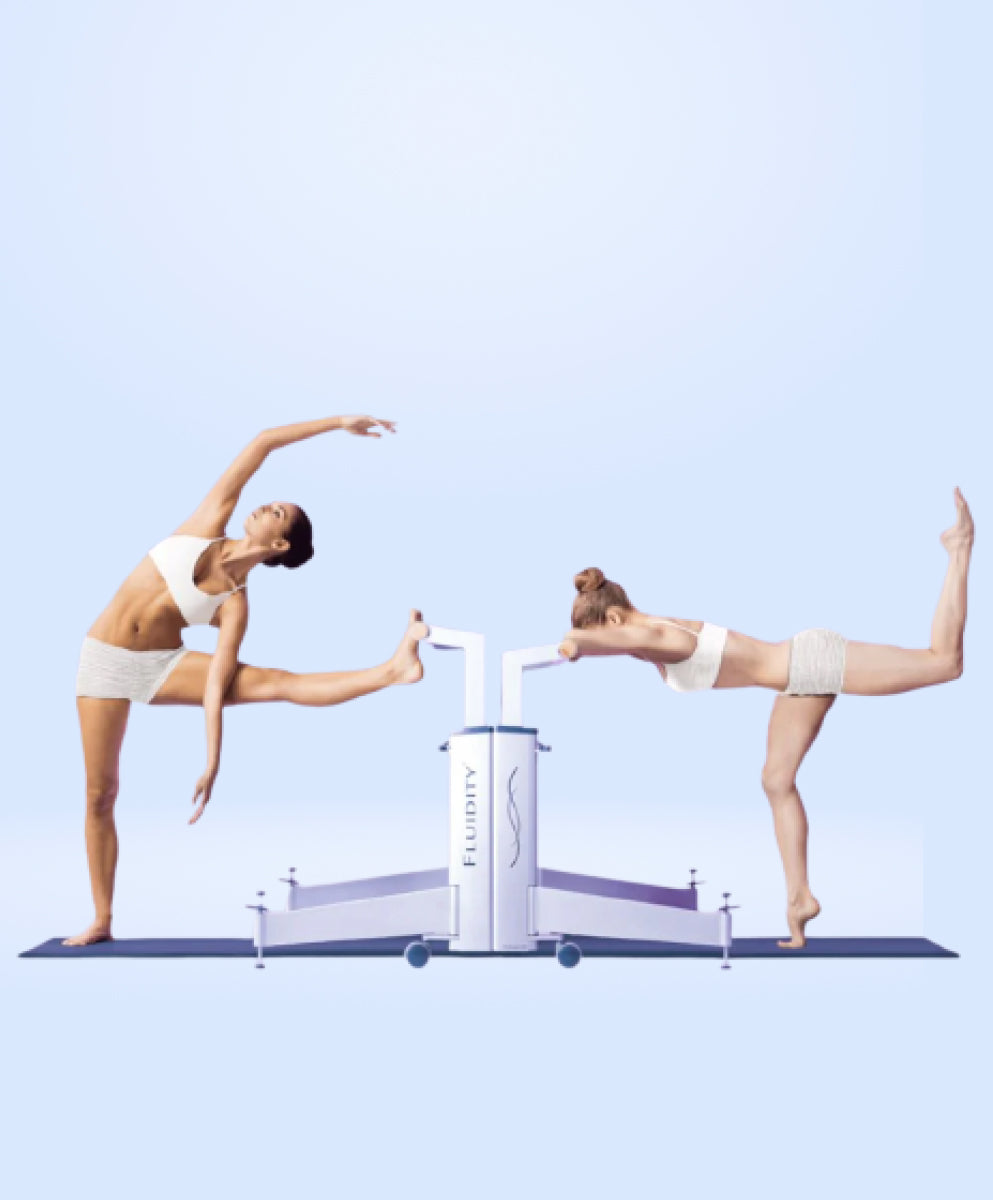Open vs Closed Kinetic Chain Movements
The kinetic chain concept refers to the interconnected system of bones, muscles, and joints that work together to perform movements. It can be broken down to Open and Closed Kinetic Chain Movement or a combination of both.
Open Kinetic Chain Movements
- Performed in a non-weight-bearing position with hands or feet free to move.
- Typically isolates a single muscle group and a single joint.
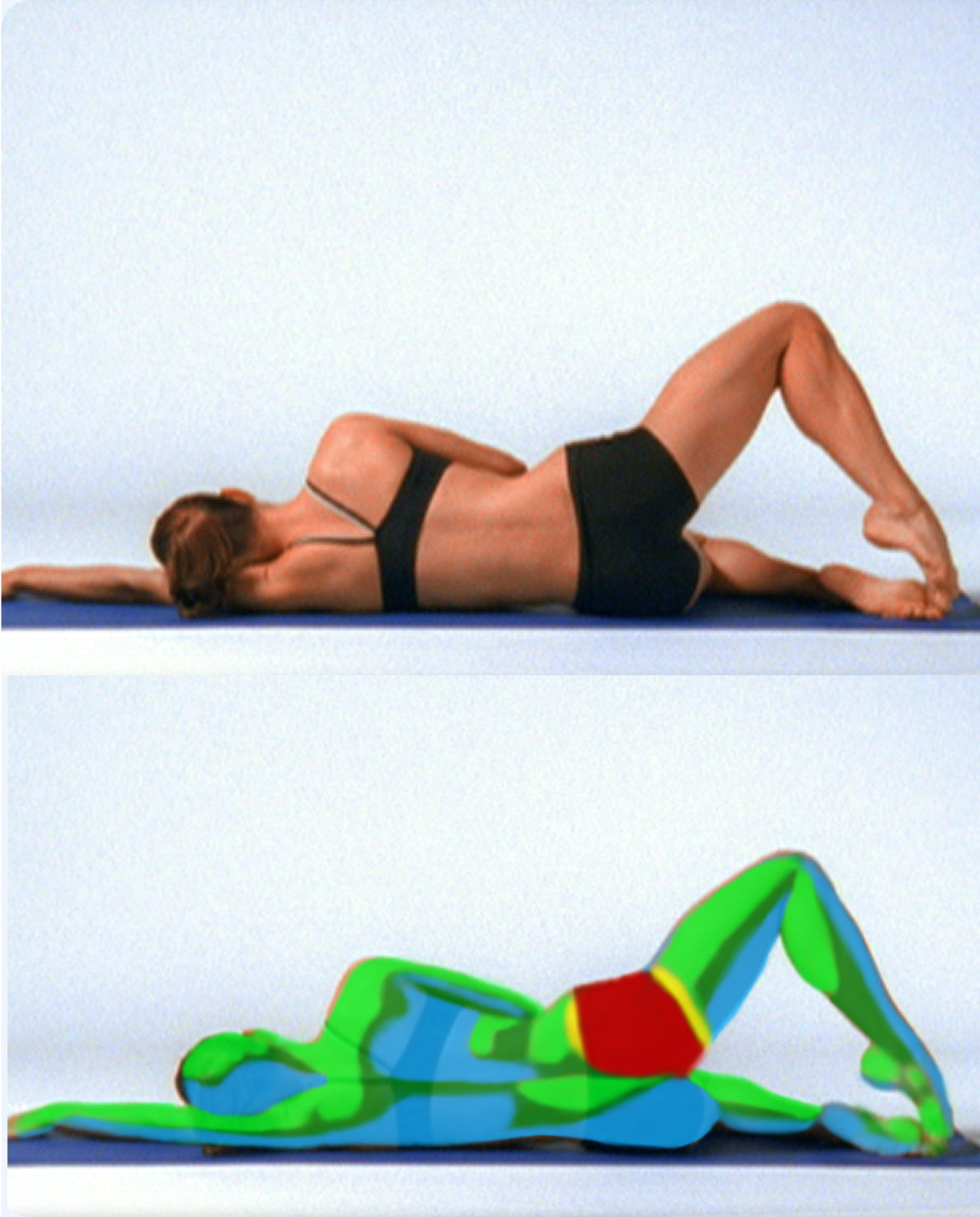
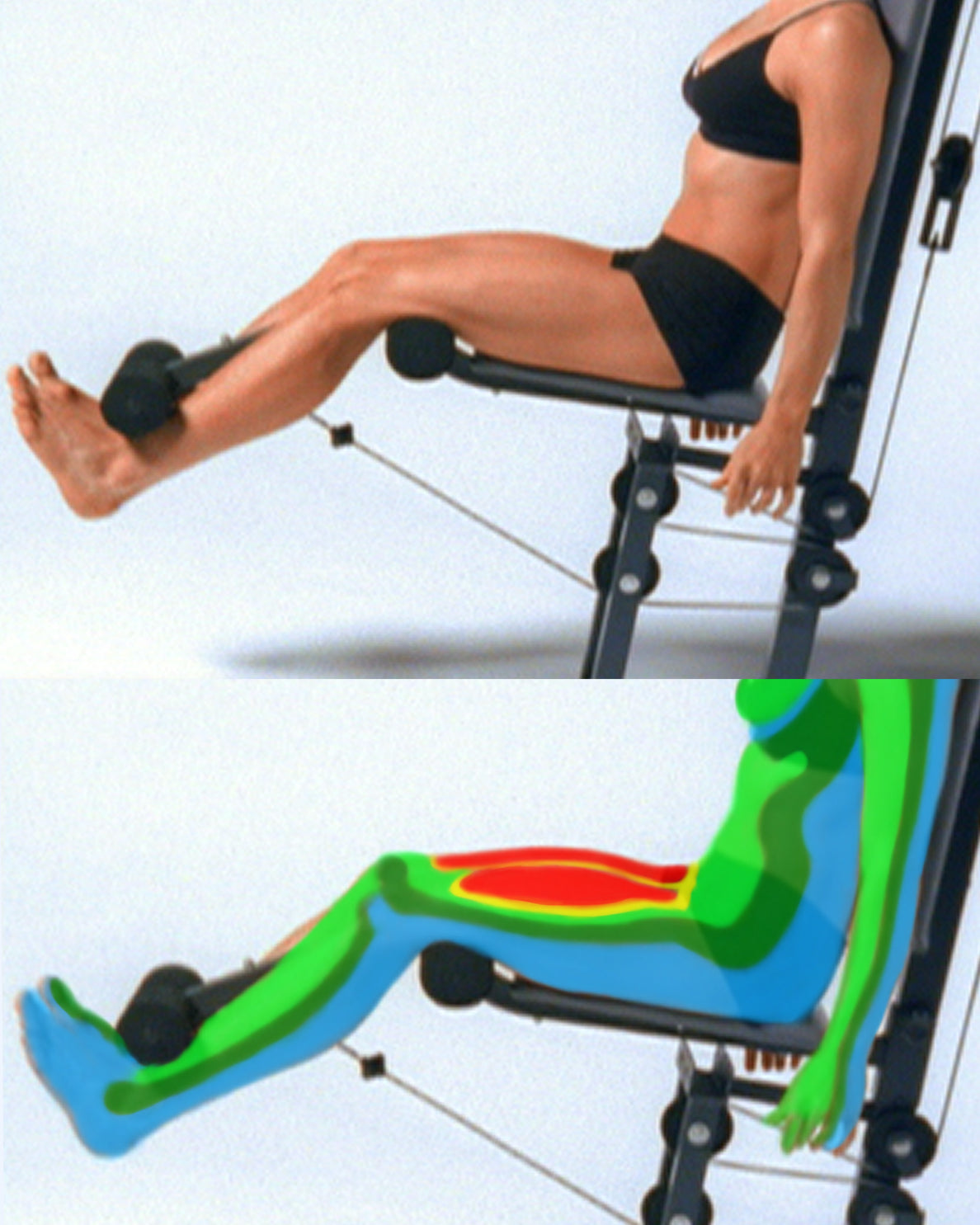
Drawbacks of Open Kinetic Chain Movements
- Requires 5-6 hours required to exercise each of the 630 muscles of the human body individually.
- Lack of weight-bearing movement reduces whole-body function.
- Limited core engagement removes the need for trunk stability, reducing core activation and neuromuscular integration, failing to functionally integrate the pelvic floor.
- Increases joint stress.
- Provides inadequate muscle co-activation.
- Creates negative postural reinforcement.
- Limits proprioception and enhances bad balance.
- Can lead to significant dysfunction regardless of a person’s pelvis alignment.
Closed Kinetic Chain Movements
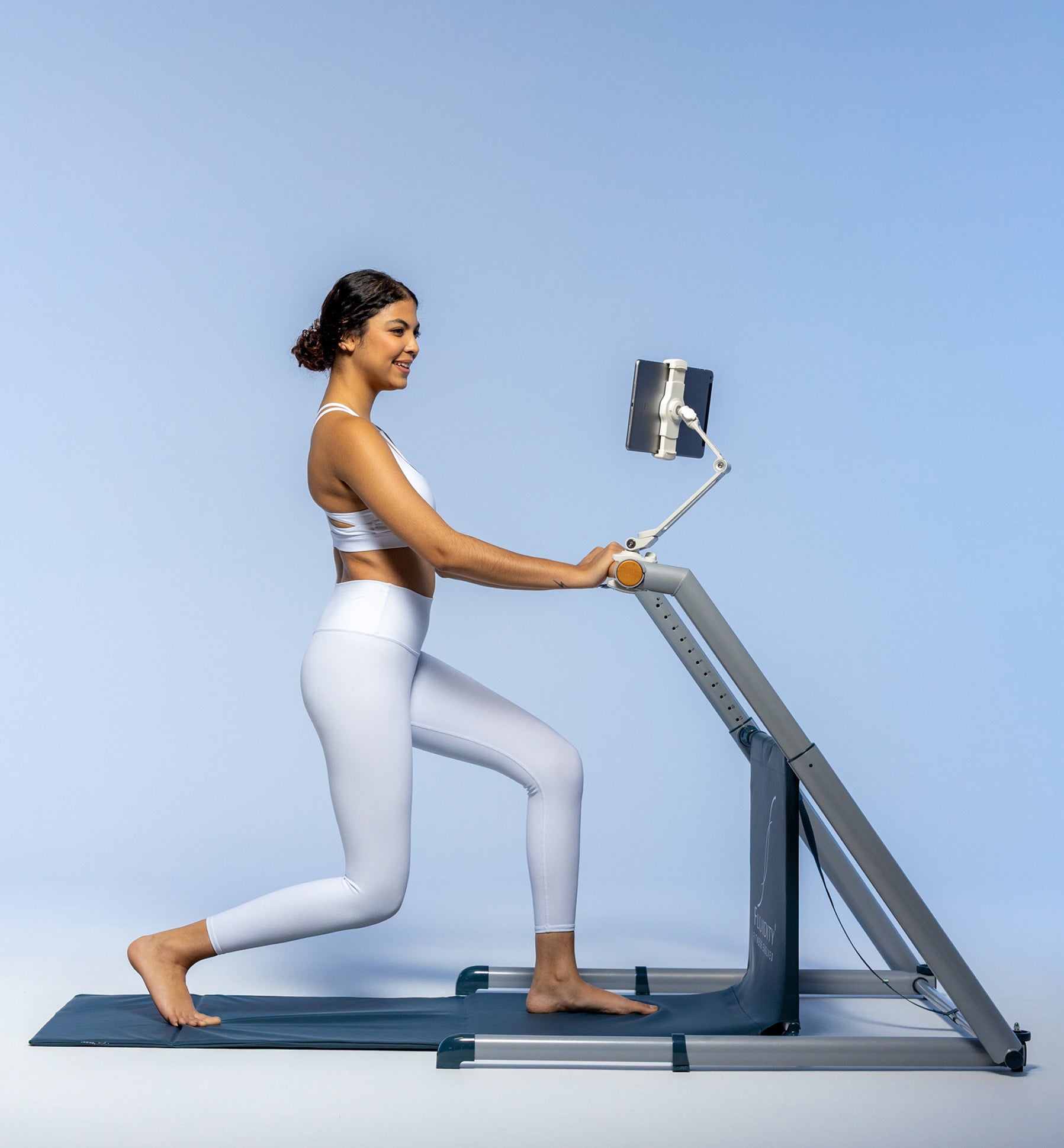
Performed in a weight-bearing position with hands and/or feet fixed to an object or the ground.

Involves compound, multi-joint movements that engage multiple muscle groups simultaneously training muscles to collaborate.
Benefits of Closed Kinetic Chain Movements
- Takes only 30 minutes to work out the 630 muscles of the human body.
- Integrates the pelvic floor with the rest of the body, helping facilitate proper function.
- Facilitates greater joint stability by reducing shear forces, improving compressive forces, and promoting co-contraction of agonist and antagonist muscles (e.g., quads & hamstrings), making it safer for joints like the knee and shoulder.
- Improves proprioception and balance, as the body contacts a surface, engaging stabilizing muscles and coordinating across multiple joints—key for injury prevention, recovery and athleticism.
- Facilitates core activation and postural control, requiring core and postural muscles to stabilize during movement, improving functional core strength (with the pelvic floor as the base).
- Efficient and time-saving, engaging multiple muscle groups for building strength, endurance, and coordination all in one move.
- Greater metabolic demand, aiding conditioning and fat loss.
- Creates significant function, when in a neutral pelvis position with balanced 360-degree Fluidity Rx choreography.
The Best of Both Worlds with Fluidity Rx
- Fluidity Rx enhances closed kinetic chain movements through its height adjustability and stability, enabling neutral pelvis positioning and 360-degree balanced choreography.
- Combining closed kinetic and standing open kinetic movements with Fluidity Rx builds integrated functional strength, balance, and pelvic floor coordination for real-life efficiency.

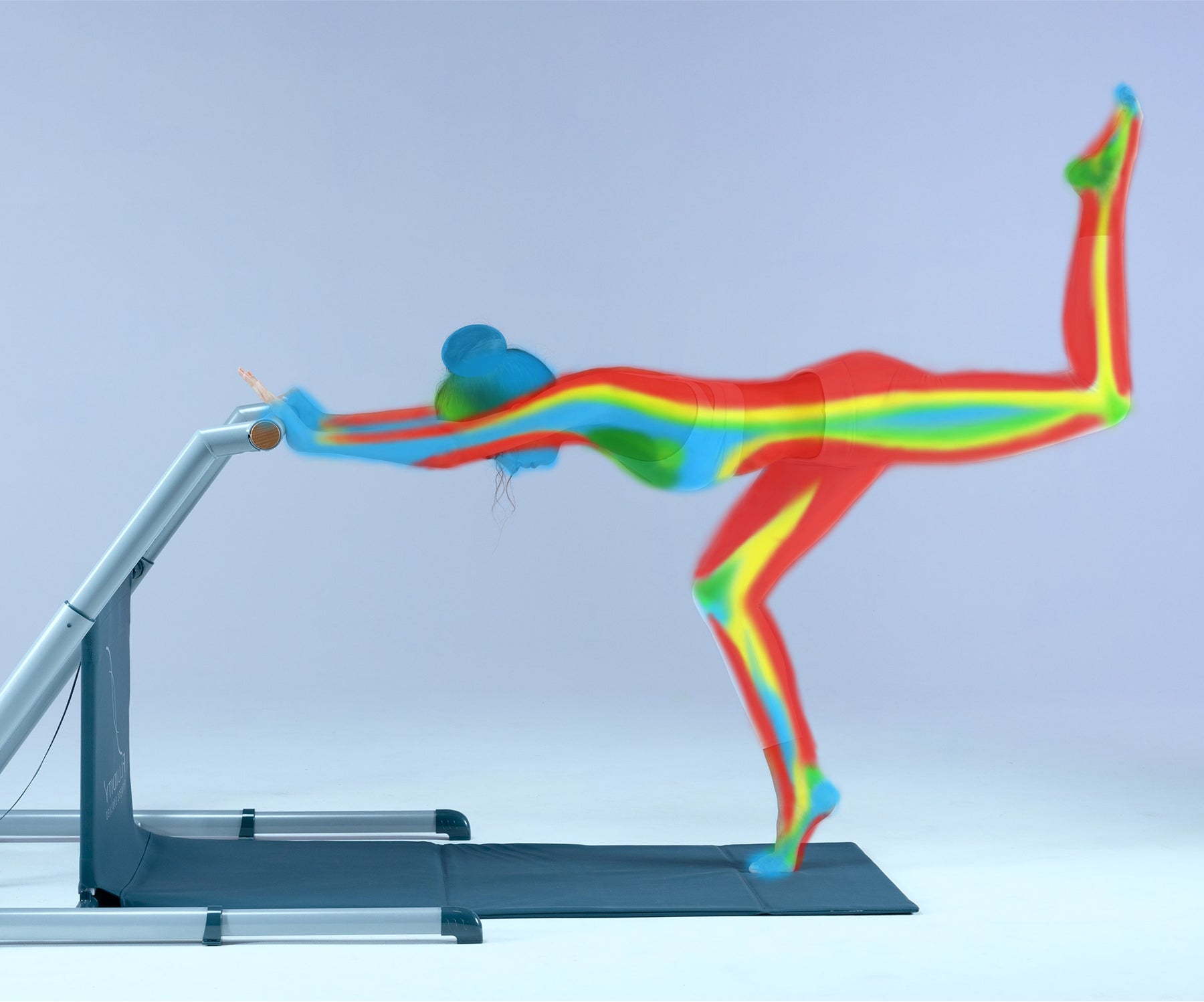
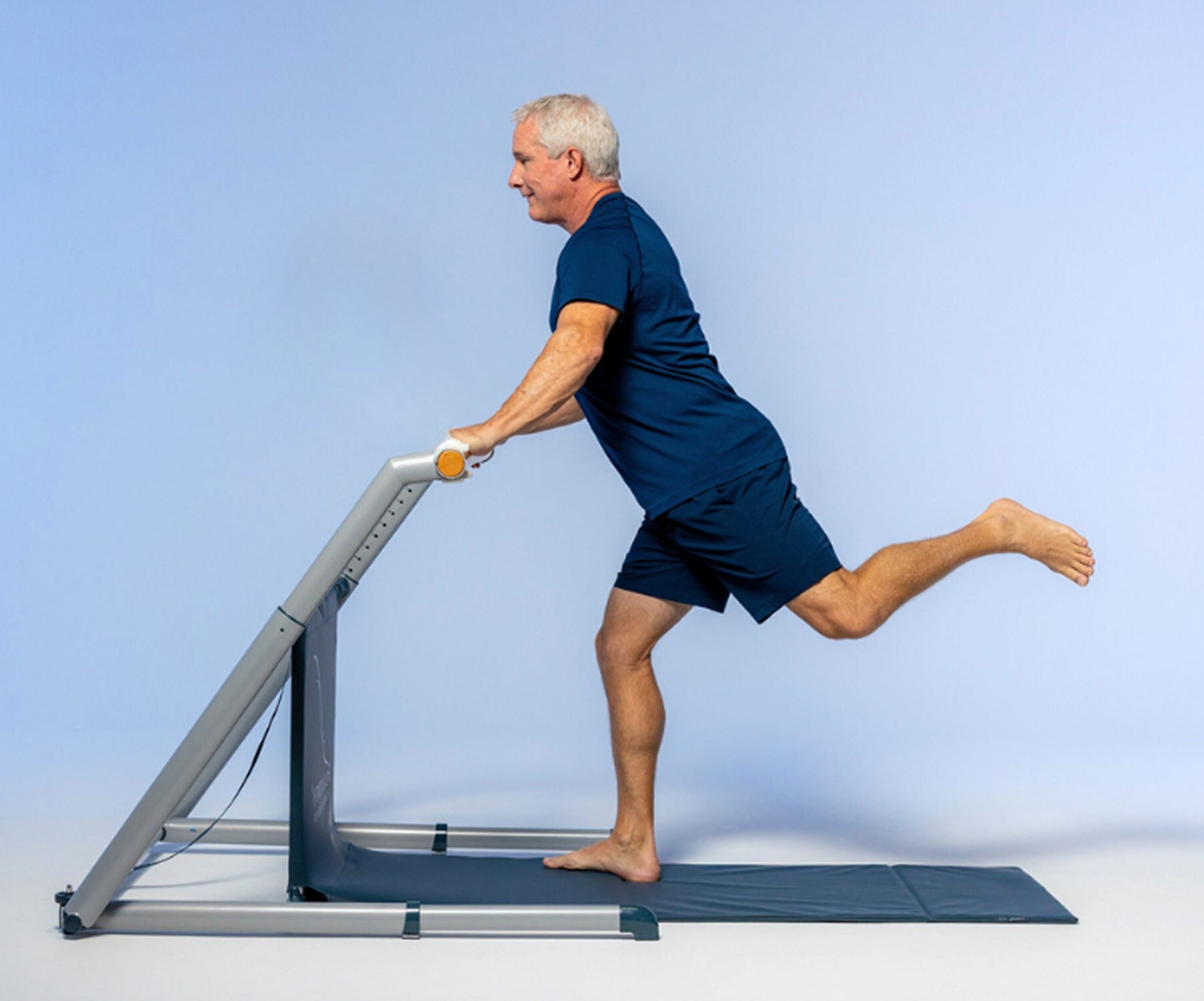
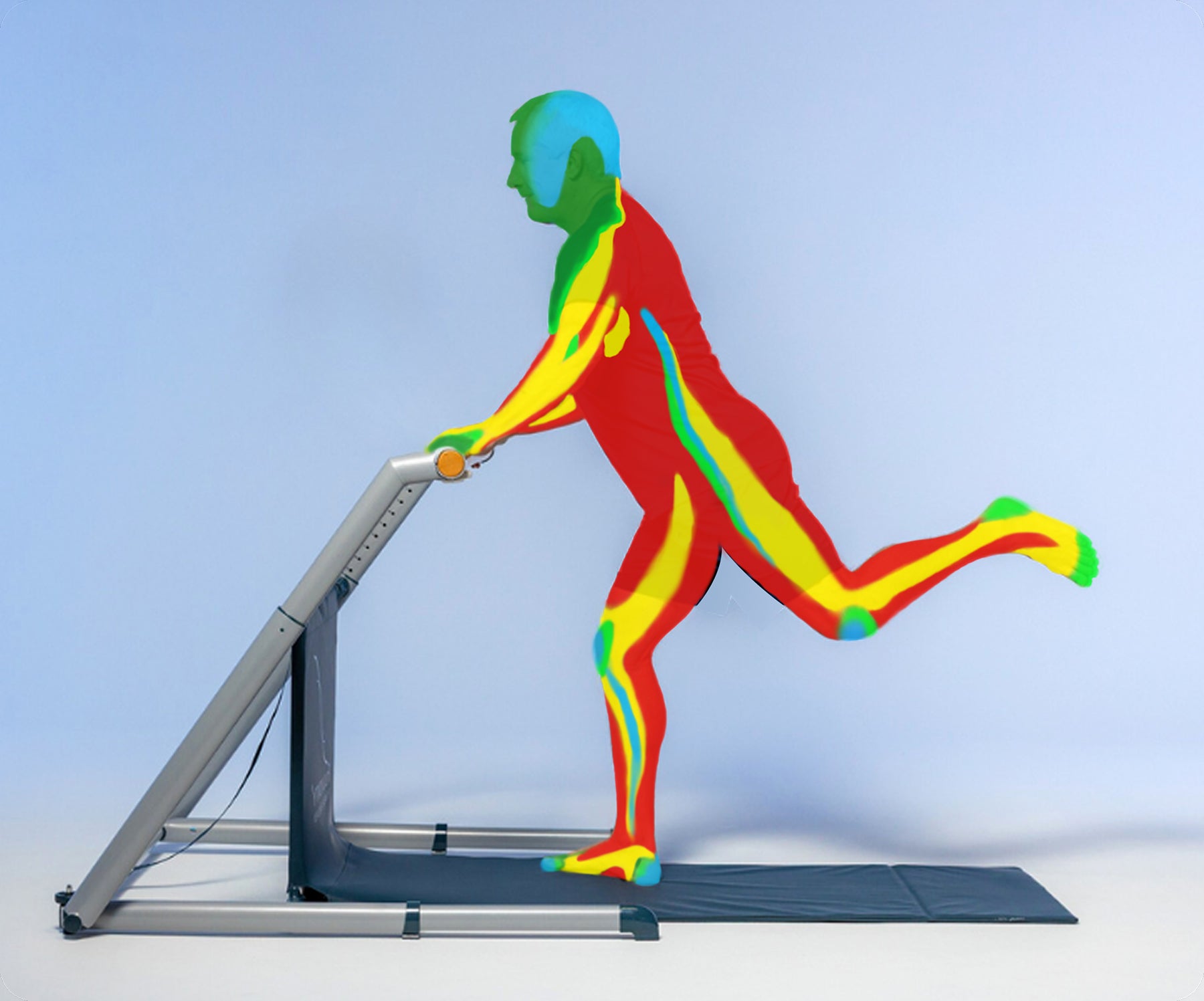
Standing on one leg (closed kinetic) while lifting the other (open kinetic), adds mobility and challenge, while improving alignment and training balance, glutes, core, and pelvic floor simultaneously.
Unlock Powerful Kinetic Chain Movements With Fluidity Rx
Get Fluidity RxTotal Body Integration
- Closed Kinetic Chain Movement (like a standing 4th position clam shell) grounds and stabilizes you.
- Open Kinetic Chain Movement (like reaching a leg out) adds a mobility or challenge layer.
- Your body learns to stabilize one part while mobilizing another — exactly what you need in real life (walking, reaching, twisting, sports, etc.).
- Standing on one leg (CKC) while lifting the other into hip flexion (OKC) = training alignment, balance, glutes, core, and pelvic floor all at once.
- Closed kinetic chain loads the system, reflexively engaging core and pelvic floor for stability.
- Adding open kinetic movement challenges under load, forcing deeper coordination, especially with functional breath and pelvic control.
- Exhale and lift pelvic floor during open kinetic limb movement while grounded on the other leg.
- Closed kinetic chain improves joint compression, proprioception, and centration (beneficial for knees, hips, ankles).
- Open kinetic chain challenges end-range control and flexibility, like controlling a leg in space without flailing.
- The brain thrives on this combo, requiring real-time adjustments.
- Engages ankle, hip, and core stabilizers while reaching or moving another limb.
- Trains strength, alignment, balance, coordination, and core control simultaneously—ideal for rehab/prehab, athletic performance, and pelvic floor retraining.
- Bonus for pelvic floor: With breath and awareness, teaches natural function during motion, beyond isolated squeezes.
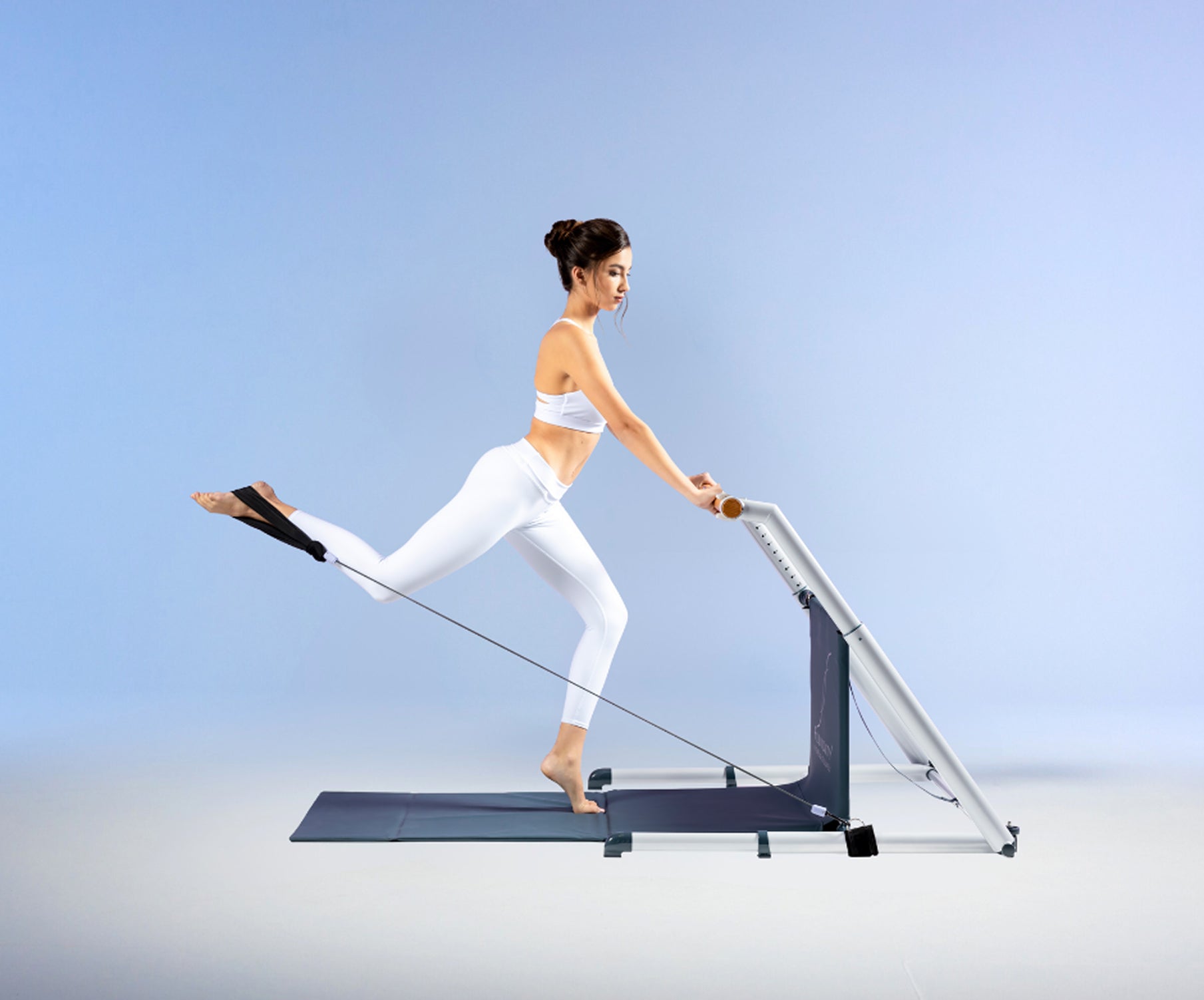
Unlock Powerful Kinetic Chain Movements with Fluidity Rx

